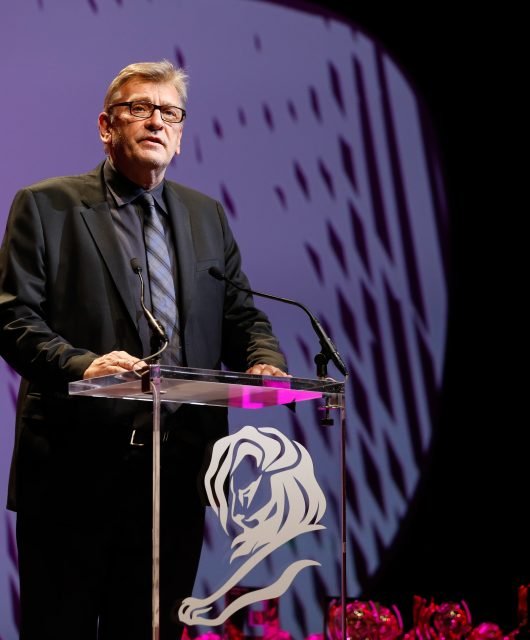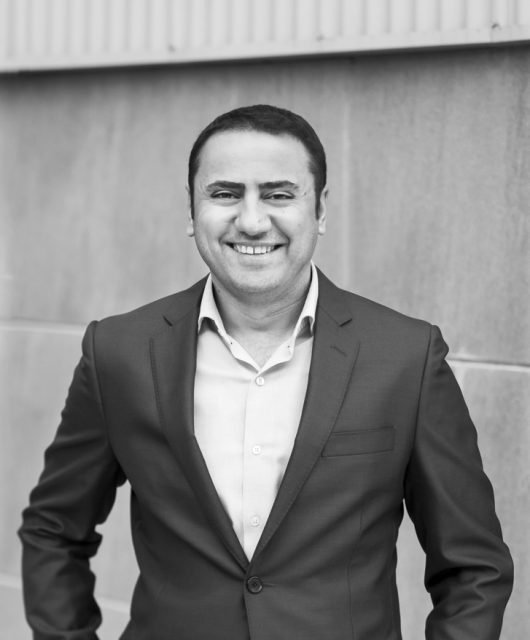How Should Brands Communicate In 2017: Q&A With FleishmanHillard London’s Steph Bailey
Brand Communication is imperative to the sustainable success of any brand. In the current competitive landscape, brands must go beyond narrating a compelling story, they need to communicate in a way that inspires and engages. Having a solid and consistent brand communication strategy allows the brand to stand out, cut through the noise, build awareness and drive an emotional connection with the audience. The Berries interviewed Steph Bailey, Managing Director of Corporate at FleishmanHillard London, to get her insight on how should brands communicate in 2017.

BB: Corporate communication used to be all about exposure and buzz via various media channels; with the rise of new communication concepts, brands find themselves with no choice but to adapt to change. From your opinion, what are the important new trends that corporate communication professionals should keep on their radar to lead in 2017?
SB: Businesses have to adapt to changing habits or trends. Any company that doesn’t identify new opportunities risks falling behind. What really matters is its outlook, culture and how it should deliver that message accordingly.
The need to deliver company exposure and buzz has not changed in recent times. What has changed is the ability in which to deliver content. The advances and uptake in the different types of technology must be considered in how a brand relays its message(s) and the appropriate timings when to do it. If the message is delivered authentically then this is key. This means distinguishing between what the brands say, how they behave and what others say about it based on shared perception.
One important trend is delivering that message in real-time, i.e. live. Online video accounted for 50% of all mobile traffic in 2016 and will feature centrally in 2017 for interaction. With no time for adding filters, correcting mistakes or fine tuning 140-characters, the concept of “live” is attractive to audiences looking for authenticity.
Another is fake news. Propagated “fake news” stories which were part of broader campaigns in 2016 actually outperformed real news with more shares, comments and reactions. Whilst fake news is nothing new, the challenge for communicators is how it impacts on audience perceptions on what is genuine and what is not. How will corporates create trusted campaigns now that the opinion of them and the experts they have traditionally used has been undermined?
BB: For brands, fake news on social media is an existential threat. Do you think this will affect the level of online brand engagement on social media platforms? In times of fake news, should brands remain silent, refute news or generate content in a different direction? Please elaborate
SB: With propagated fake news, there is now the requirement for greater evidence. For the communications professional, there is a growing need to provide this evidence through online engagement. First, they must understand their immediate exposures for anyone who might be affected by the fake news. If there are implications, communicating proactively is recommended.
Depending on how social networks regulate the issue of fake news (and Facebook is piloting measures to manage fake news in certain countries – e.g. Germany), we may need to provide additional references before publishing content owing to credibility assurance purposes.
For those who believe in the truth, the onus this year lies with them to prove that fake news through agnostic channels is actually a threat. Those seeking to establish influence will need to move from an authoritative position to providing evidence-based data and information.
Not communicating at all, however, can produce a risk. Those loyal to the brand will be disappointed in the lack of transparency and this can affect reputation.
BB: The use of influencers has been one of the dominating highlights that gained momentum in 2016 with leaning on online influencers more than celebrity endorsements. How can the use of influencers for brands evolve in 2017 for a better ROI?
SB: Just to clarify, influencers are individuals who can sway the sentiments of their online audience in a particular direction on an idea, topic or person. They build good networks, engage with their audience and have the ability to affect brand visibility and therefore reputation through topical conversations or discussions. Sometimes there is a cross-over between the two but many celebrities are not necessarily tied to their knowledge base.
Some online influencers can be considered as opinion leaders – more so than their celebrity counterparts. This is unsurprising. The reason why sometimes online influencers can be more influential than celebrity endorsements is because of the content they create. They are also more relatable than the celebrity, therefore the distance between the brand and consumer narrows. Qualitative content is king. Credibility is a factor too. They are usually aware of the latest trends so through them, a brand can become more acquainted with new ideas and feedback. They could also allow for deeper industry insights, should they happen to be experts within a specific area.
At the end of the day, we tend to listen mostly to the people that we trust, and an influencer’s audience is self-built on candor and honesty.
BB: One of the historical industry debates has revolved around whether doing PR in-house or hiring a professional corporate communication agency. Can you mention some differentiators that would encourage brands do PR with a firm instead of doing it in-house?
SB: The return on investment of hiring a PR agency can be invaluable to a brand, such as the relationships and connections it has built over time that it can share. These can range from key editors and producers at top-tier media outlets to industry experts and potential business investors.
Agencies also offer third party objectiveness, which may be obvious, but it can take a step back and assess a situation with an unbiased eye. It can also offer fresh ideas and bring unique skills and opportunities to the table, which may not have been otherwise available.
With regards to the in-house versus the agency debate, no one wins – they’re intrinsically linked. A PR agency can only be as successful if the in-house PR team or leads treats it like an extension of its business; appropriately negotiating expectations and elevating goals and challenges with the brand’s internal executives.
BB: Nowadays, Brands are all about designing engaging experiences. How can corporate communication professionals help brands narrate their stories and create an emotional attachment?
SB:The way a brand tells its story can be done in many ways, but the narrative has to abide by a simple psychological formula: “crisis, struggle and resolution”. Story-telling is interactive. The elements and images of a story are used whilst encouraging the listener’s imagination. As long as the story teller can directly and tightly engage their audience without causing the audience’s interest to falter, then it is fulfilling that goal of emotional engagement. Attachment comes later through levels of story impact.
BB: Corporate communication pros who work in the digital sphere are often faced with an all-time dilemma, Content Virality Vs Paid tools. How can they constantly find new content niches, social communities and influencers, organically?
SB: Staying ahead of the game is essential in corporate communications. This includes establishing emerging social trends and best practice. With businesses, politics and technology constantly evolving, curating information, networking and embracing new projects are powerful methods for both personal and company growth.
Ultimately, it’s truly knowing your brand’s audience that will help you keep connected. By being in close touch with your brand’s audience, you can work out new interests and where the content is being multiplied. Paid-for tools should not be dismissed either. They can be necessary at times and in certain cases warranted if complimenting a larger strategic programme.





